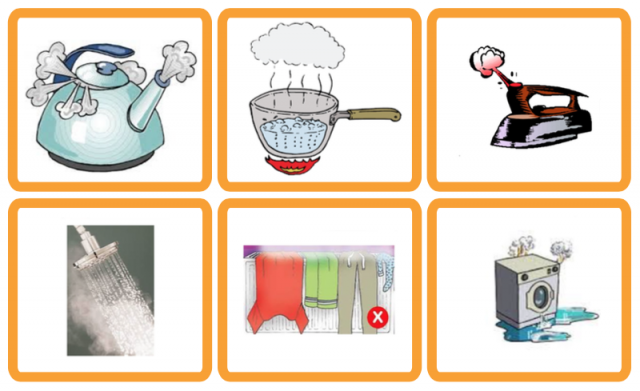A Landlord’s Guide to Condensation Control

Condensation damp is one of the biggest problems for landlords and is an increasing issue. If condensation isn’t addressed, it can lead to black mould growth on decorated finish, clothes, shoes and linen, which can be difficult to remove and is proven to exacerbate health issues for tenants, especially in those that are already prone to repertory problems.
If you have a rental property, ensure that both you and your tenants know how to prevent condensation build up with this helpful guide from Alliance Remedial Supplies.
What is condensation?
Condensation occurs when water vapour generated throughout the day is no longer held in the air by the heating and forms as water on windows, walls and cold surfaces.
The internal temperature at which water vapour turns to condensation is called dew point temperature; this is not a specific temperature, but one that varies from property-to-property and even room-to-room.
Water vapour can build up throughout the day in various ways. In a household of just two tenants, up to 15 pints of water are held in the air from the following activities:

A Landlord’s Guide to Condensation Control
A useful example that helps explain the process is when we remove a cold can of drink out of the fridge, pour it into a glass and add some ice. In a short time, the glass will form condensation on the outside. Although this mostly occurs in the summer months, it is exactly what happens inside your property during the cold months.
In a house of five or six people, carrying out normal daily activities can easily generate 25-30 pints of water.
Preventing mould
Mould spores, which are in our environment all the time, develop and proliferate when their food source – condensation – forms on a regular basis in significant volumes. So how do you stop this much water vapour being generated or ending up as condensation?
Often, the advice given is to turn up the heating and keep it on for longer. While it is true that warm air holds water as vapour, provided the temperature doesn’t drop below dew point temperature, not everyone has the funds to keep their heating on for long periods of time.
The best solution is to control the internal levels of humidity. Humidity is the measurement of water vapour held in the air. If humidity exceeds 70% on a consistent basis, condensation will form, leading to black mould growth.
Properties should be maintained at a humidity level of between 40-60%.
Controlling humidity
Controlling internal humidity is a balance of measures. First and foremost, where possible, ventilate the property by opening windows from front to back, side to side, on all floors. What you are trying to achieve is a change of internal air quality on a regular basis.
Ideally, a residential property should achieve a complete air change as an absolute minimum of once every hour. This is when the existing internal air conditions are refreshed by fresh air. In basic terms, when windows are open, fresh air will come in through one elevation or direction of the property and push stale air out through windows on another side of the property. At the very least, fresh air will mix with stale air, reducing the level of humidity – of course, this is subject to external humidity conditions, which, on occasion, can be quite high.
However, be aware that this isn’t always the best thing to do in the winter, as letting in cold air will lose a lot of heat.
These tips will help you keep humidity levels steady in your rental property:
- If you don’t already, it is advised that you install extractor fans in the bathroom, kitchen and utility room. Tenants should be educated on the benefits that extractor fans provide and how they are to be operated. At the very minimum, extractor fans should run for at least 15 minutes after tenants have finished cooking, showering or bathing.
- Additionally, remind tenants to keep doors to kitchens, bathrooms and utility rooms closed.
- Ensure that tumble dryers do not ventilate inside the property.
- Keep lids on fish tanks and saucepans.
- Do not dry towels and cloths directly on radiators if possible.
- Do not run paraffin fuel burners.
If you are looking for a useful investment, purchase a LCD display hygrometer. Place this in a central part of the property or badly affected rooms to provide you with a current reading of the level of humidity inside. This can encourage a tenant to open windows, which will keep the internal humidity at acceptable levels.
Another measure to make cold, external walls less prone to condensation is by way of insulation. Insulating condensation paint technology is providing excellent results among other insulating systems. Although this will help with overall energy efficiency, the cure for condensation is ultimately to ventilate as much as possible.
Disclaimer: This article is for information only and is not official guidance, FCA approved, or legally precise. Just Landlords has used all reasonable care in compiling the information but make no warranty as to its accuracy. If you require information on landlord legislation or best practices please contact your legal representative. For details see our conditions.




